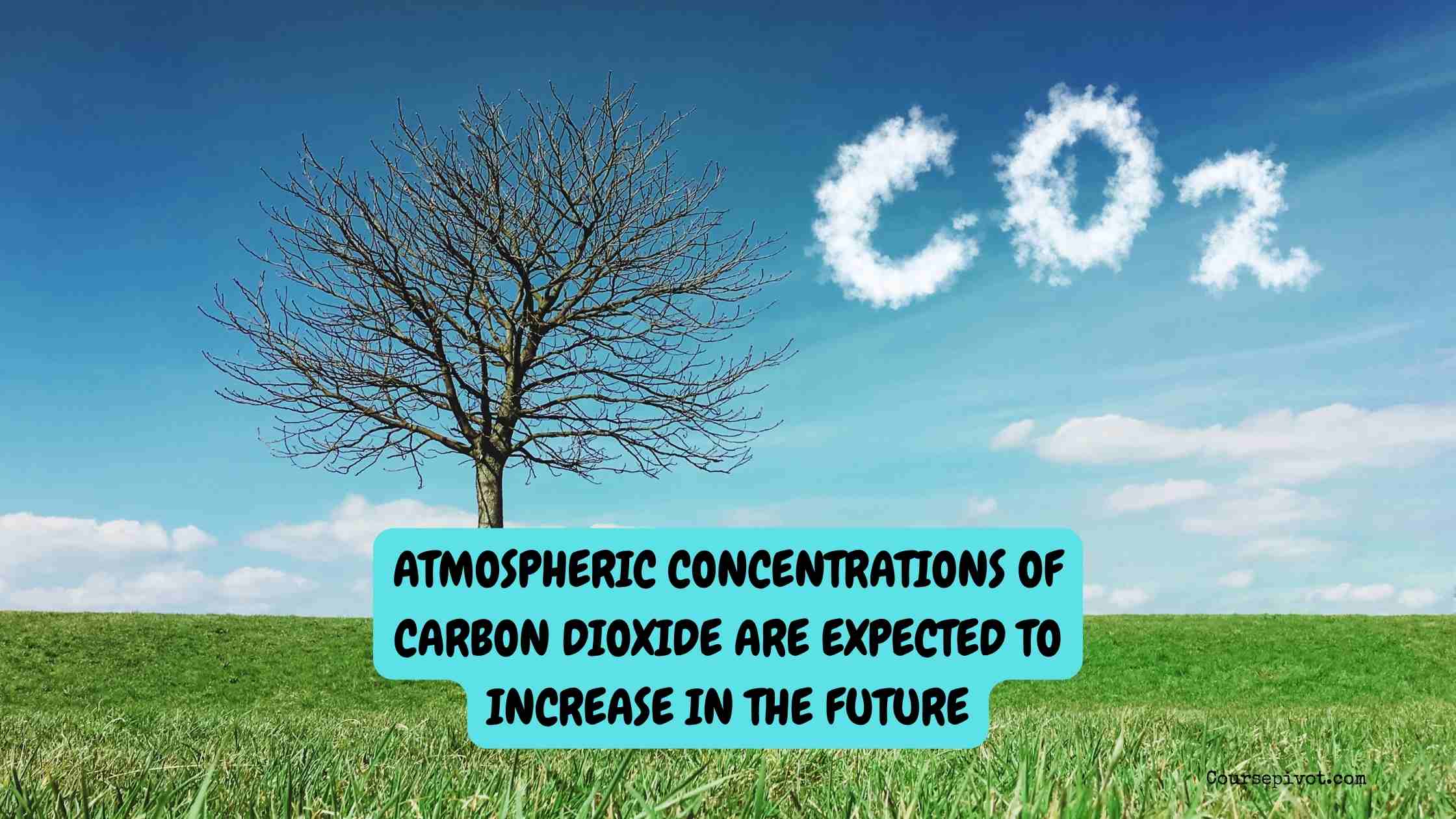
Why Atmospheric Concentrations of Carbon Dioxide Are Expected to Increase in the Future
Rising atmospheric carbon dioxide (CO2) levels are a pressing concern, driving climate change and its global impacts. I’ve been struck by how human activities and natural systems interact to push CO2 concentrations higher, despite efforts to curb emissions. Understanding why atmospheric concentrations of carbon dioxide are expected to increase in the future is key to grasping the challenges of mitigating global warming. In this article, I’ll explain five key reasons for this trend, based on my research and insights into climate science as of May 2025. These factors highlight the complexity of CO2 accumulation. Let’s dive into why CO2 levels are set to rise and what it means for our planet.
Table of Contents
Ever wondered why CO2 keeps climbing despite green initiatives? It’s a mix of human and natural forces. Ready to explore five reasons CO2 concentrations will increase?
CO2 is the heartbeat of climate change. I’ve seen how our reliance on fossil fuels and ecosystem changes fuel this rise. Let’s uncover why atmospheric CO2 is expected to grow.
1. Continued Reliance on Fossil Fuels
Burning coal, oil, and natural gas for energy remains a major CO2 source, with global demand still high. This is a primary reason for rising CO2 concentrations. I’ve noticed how industries and transportation keep emissions climbing.
- Scale. Fossil fuels account for 75% of global CO2 emissions, adding 37 billion metric tons annually, per IEA 2024.
- Trends. Despite renewables, global energy demand rose 2% in 2024, with coal use up 1.5% in Asia, per BP.
- Projections. Without drastic cuts, emissions could push CO2 to 450 ppm by 2040, from 420 ppm in 2025, per NOAA.
Why it matters? Fossil fuel dependence drives CO2 growth, outpacing current mitigation efforts.
2. Deforestation and Land Use Changes
Clearing forests for agriculture or development reduces CO2 absorption and releases stored carbon. This factor in CO2 increase disrupts natural sinks. I’ve been alarmed by how fast tropical forests are shrinking.
- Impact. Deforestation adds 10% of global CO2 emissions, with 3.2 million hectares lost yearly, per FAO 2024.
- Mechanism. Trees absorb 15 billion tons of CO2 annually; their loss cuts this by 20% in affected regions.
- Future risk. Amazon deforestation could release 90 billion tons of CO2 by 2050, per 2025 Nature studies.
Why it’s critical? Losing forests weakens Earth’s ability to offset emissions.
3. Weakening Carbon Sinks
Oceans and soils, major CO2 absorbers, are losing capacity due to warming and overuse. This reason for CO2 buildup limits natural mitigation. I’ve read how oceans are struggling under climate stress.
- Ocean limits. Oceans absorb 25% of CO2 emissions but are 30% less effective at 1.2°C warming, per IPCC 2025.
- Soil degradation. Overfarming reduces soil carbon storage by 50% in some regions, per UN 2024.
- Projections. Sinks could absorb 10% less CO2 by 2050, raising atmospheric levels, per NOAA.
Why it matters? Diminishing sinks mean more CO2 stays in the atmosphere.
- Read our blog on How Human Impact on the Environment Can Be Positive or Negative
4. Population and Economic Growth
Rising global population and economic activity increase energy and resource demands, boosting CO2 emissions. This driver of CO2 increase ties to human expansion. I’ve seen how developing nations’ growth adds to the challenge.
- Stats. World population hit 8.2 billion in 2024, with energy use up 3% in developing nations, per World Bank.
- Impact. Industrializing countries like India and Nigeria saw 5% emission rises in 2024, per IEA.
- Future. Global GDP growth of 3% annually could double CO2 emissions by 2070 without intervention, per OECD.
Why it’s significant? More people and prosperity fuel CO2 unless decoupled from emissions.
5. Slow Policy and Technology Adoption
Delays in implementing carbon reduction policies and scaling clean technologies hinder CO2 cuts. This reason for rising CO2 reflects systemic inertia. I’ve been frustrated by how politics slow progress.
- Challenges. Only 20% of nations met 2030 Paris Agreement targets by 2025, per UN.
- Tech gaps. Carbon capture and storage (CCS) handles just 0.1% of emissions, needing 100x scale-up, per IEA 2024.
- Projections. Without faster action, CO2 could hit 500 ppm by 2060, per IPCC scenarios.
Why it matters? Slow transitions keep emissions high, prolonging CO2 growth.
Read our blog on How the Destruction of Forests Affects Atmospheric Levels of Carbon
What’s Next for You
Understanding why atmospheric concentrations of carbon dioxide are expected to increase in the future is like facing a hard truth about our planet’s trajectory. I’ve been moved by how these five reasons—fossil fuel use, deforestation, weakening sinks, population growth, and slow policy adoption—drive CO2 levels, now at 420 ppm and climbing. With 2024 seeing a 2.5 ppm CO2 rise, per NOAA, urgent action is needed. Ignoring this risks severe warming; acting now can slow the trend. Will you dismiss CO2’s rise, or push for change?
Here’s how to act:
- Reduce emissions. Cut personal energy use with efficient appliances or biking.
- Support policies. Vote for leaders prioritizing climate action and carbon taxes.
- Learn more. Explore IPCC or NOAA for CO2 trends and solutions.
CO2 shapes our climate’s future. Why it matters is about survival. Start today to curb emissions and protect our world.
Cite this article
You can copy and paste your preferred citation format below.
Martin, L. & Arquette, E.. (2025, May 31). Why Atmospheric Concentrations of Carbon Dioxide Are Expected to Increase in the Future. Coursepivot.com. https://coursepivot.com/blog/explain-why-atmospheric-concentrations-of-carbon-dioxide-are-expected-to-increase-in-the-future/



